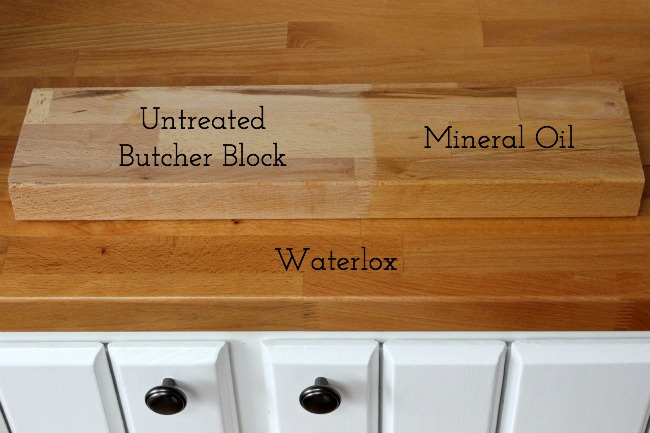As a DIY enthusiast, I recently embarked on a project to finish my butcher block countertop using tung oil. I wanted to share my straightforward experience, focusing on the steps and key considerations in achieving a beautiful and durable finish. So, let’s dive right in!
Step 1: Prepare the Butcher Block
Before applying tung oil, it is crucial to ensure the butcher block is clean, dry, and free from debris or previous finishes. Start by sanding the surface with fine-grit sandpaper to achieve a smooth texture. Make sure to sand along the grain and remove any imperfections or scratches.
Step 2: Apply the First Coat
Once the butcher block is properly prepared, applying the tung oil is time. Begin by pouring a small amount onto a clean, lint-free cloth or sponge. Rub the oil into the wood surface using smooth, even strokes, following the direction of the grain. Ensure that the entire surface is covered evenly. Let the first coat dry according to the manufacturer’s instructions.

Step 3: Sanding and Repeating
After the first coat has dried, lightly sand the surface with fine-grit sandpaper to remove any raised fibers or rough spots. This step helps to create a smooth finish. Clean off the dust and repeat the application process for additional coats of tung oil. Most experts recommend applying three to five coats, allowing sufficient drying time between each coat.
Step 4: Final Sanding and Finishing Touches
Once the desired number of coats has been applied, allow the final coat of tung oil to dry thoroughly. For a silky-smooth finish, use ultra-fine-grit sandpaper to sand the surface one last time gently. Wipe away any remaining dust particles with a clean cloth. At this stage, you can also consider applying a food-safe butcher block conditioner or wax to enhance the appearance and protect the wood further.

Step 5: Curing and Maintenance
After completing the finishing process, allowing the butcher block countertop sufficient time to cure is crucial. This usually takes several days, but follow the manufacturer’s recommendations for the specific tung oil brand you used. Avoid placing heavy objects or exposing the countertop to excessive moisture during the curing period.
Clean the surface with mild soap and warm water for regular maintenance, ensuring you dry it thoroughly afterward. Avoid harsh chemicals or abrasive cleaners, as they can damage the finish. Periodically, you may need to reapply a thin coat of tung oil to maintain the countertop’s luster and protection. Refer to the manufacturer’s guidelines for the recommended maintenance schedule.
Finishing a butcher block countertop with tung oil is a satisfying DIY project that can result in a beautiful and durable surface. Remember to prepare the wood properly, apply multiple coats, sand between coats, and allow ample drying time. With the right care and maintenance, your tung oil-finished butcher block countertop will provide a warm and inviting addition to your kitchen for years to come.

Butcher Block Oil for Cutting Boards and Countertops Real Milk Paint

Walnut butcher block counter Tung Oil finish

Sealing Butcher Block Countertops: Waterlox vs. Mineral Oil

Sealing Butcher Block Countertops with Dark Tung Oil, A Food Safe

Related articles:
- Pine Butcher Block Countertops
- Butcher Block Countertops Walnut
- Maple Butcher Block Countertops
- Care Of Butcher Block Countertop
- Butcher Block Countertops Maintenance
- Antique Butcher Block Countertops
- Butcher Block Countertop Sealing
- Wood Butcher Block Countertop
- Thick Butcher Block Countertop
- How To Finish A Butcher Block Countertop